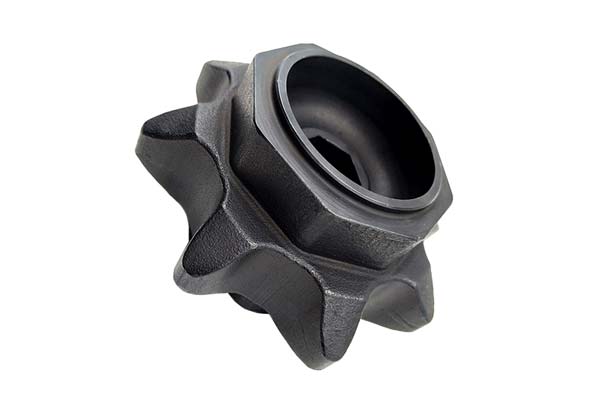- Contact Innally, Let you purchase forgings in China more favorable prices, products more assured!
- Hotline:+(86)15038323776 Email:innally@innally.com
How to test and verify the performance of planetary gear forgings?
- Category: Thermal forging, Titanium alloy forging
- |
- Date: 23/11/2023
the performance testing and inspection of planetary gear forgings need to use a variety of methods and means to comprehensively evaluate their quality and performance. The mechanical properties of forgings can be understood through mechanical properties testing. Wear resistance test can evaluate the wear resistance of forging parts; Corrosion resistance test can judge the corrosion resistance of forgings in different environments;
Product Details
The performance test and inspection of planetary gear forging is the key link to ensure its quality and performance. Through testing and inspection, you can evaluate the mechanical properties, wear resistance, corrosion resistance and other aspects of the forgings, as well as detect whether there are defects and potential problems. The following are some common planetary gear forging performance testing and inspection methods:
First, mechanical properties test
Tensile test: tensile strength, yield strength and elongation of forgings can be determined by tensile test. These indexes can reflect the mechanical properties of forgings under load.
Impact tests: Impact tests are used to assess the toughness of forgings under impact loads. Through the impact test at a certain temperature, the impact absorption energy of the forging can be measured, and the ability to resist the impact can be judged.
Bending test: Bending test is used to test the performance of forgings under bending loads. By placing the forging in a fixed position, applying a certain bending load, observing its bending Angle and deformation, the bending strength and stiffness of the forging can be evaluated.

Second, wear resistance test
Friction and wear test: Friction and wear test is used to evaluate the wear resistance of forgings during friction. By rubbing the forging with the friction pair, the friction coefficient and wear amount are measured to judge the wear resistance of the forging.
Contact fatigue test: Contact fatigue test is used to test the fatigue performance of forgings under periodic contact loads. By conducting contact fatigue test at certain temperature and number of cycles, the fatigue crack propagation and remaining life of forging surface can be evaluated.
Three, corrosion resistance test
Salt spray test: Salt spray test is used to evaluate the corrosion resistance of forgings in corrosive environments. By placing the forgings in the salt spray environment and observing the corrosion of its surface, the corrosion resistance can be judged.
Immersion test: Immersion test is used to test the corrosion resistance of forgings in different media. By soaking the forgings in a specific corrosive medium and observing the corrosion on its surface, the corrosion resistance of the forgings is assessed.
- Non-destructive testing
Ultrasonic inspection: Ultrasonic inspection uses the propagation characteristics of ultrasonic waves in the material to detect defects and damage inside the forging. By transmitting the ultrasonic wave to the forging inside, and receiving the echo signal, it can judge whether there are cracks, pores and other defects inside the forging.
X-ray inspection: X-ray inspection uses the properties of the material through which the rays penetrate to detect defects inside the forgings. By shining a ray onto the forging and observing the transmission of its negative, it can be determined whether there are defects or damage inside the forging.
To sum up, the performance testing and inspection of planetary gear forgings need to use a variety of methods and means to comprehensively evaluate their quality and performance. The mechanical properties of forgings can be understood through mechanical properties testing. Wear resistance test can evaluate the wear resistance of forging parts; Corrosion resistance test can judge the corrosion resistance of forgings in different environments; Non-destructive testing can detect defects and damage inside forgings. These testing and inspection methods can provide reliable basis and quality assurance for the production and use of planetary gear forgings.
nannan
INNALLY mainly provides you with various types of cast and forged parts products. Welcome your inquiries! innally@innally.com
Related Products
Search
Forging center
- Steel forgings
- Aluminium alloy forging
- Titanium alloy forging
- Stainless steel forging
- Copper forging
- Automotive forgings
- Locomotive forging
- Bicycle forgings
- Motorcycle forging
- Rigging and fasteners
- Bearing forging
- Electric power fittings
- Marine forging
- Mechanical forgings for metalworking
- Mining machinery forgings
- Marine engineering forgings
- Construction machinery forgings
Popular product

© 2025. All Rights Reserved.






